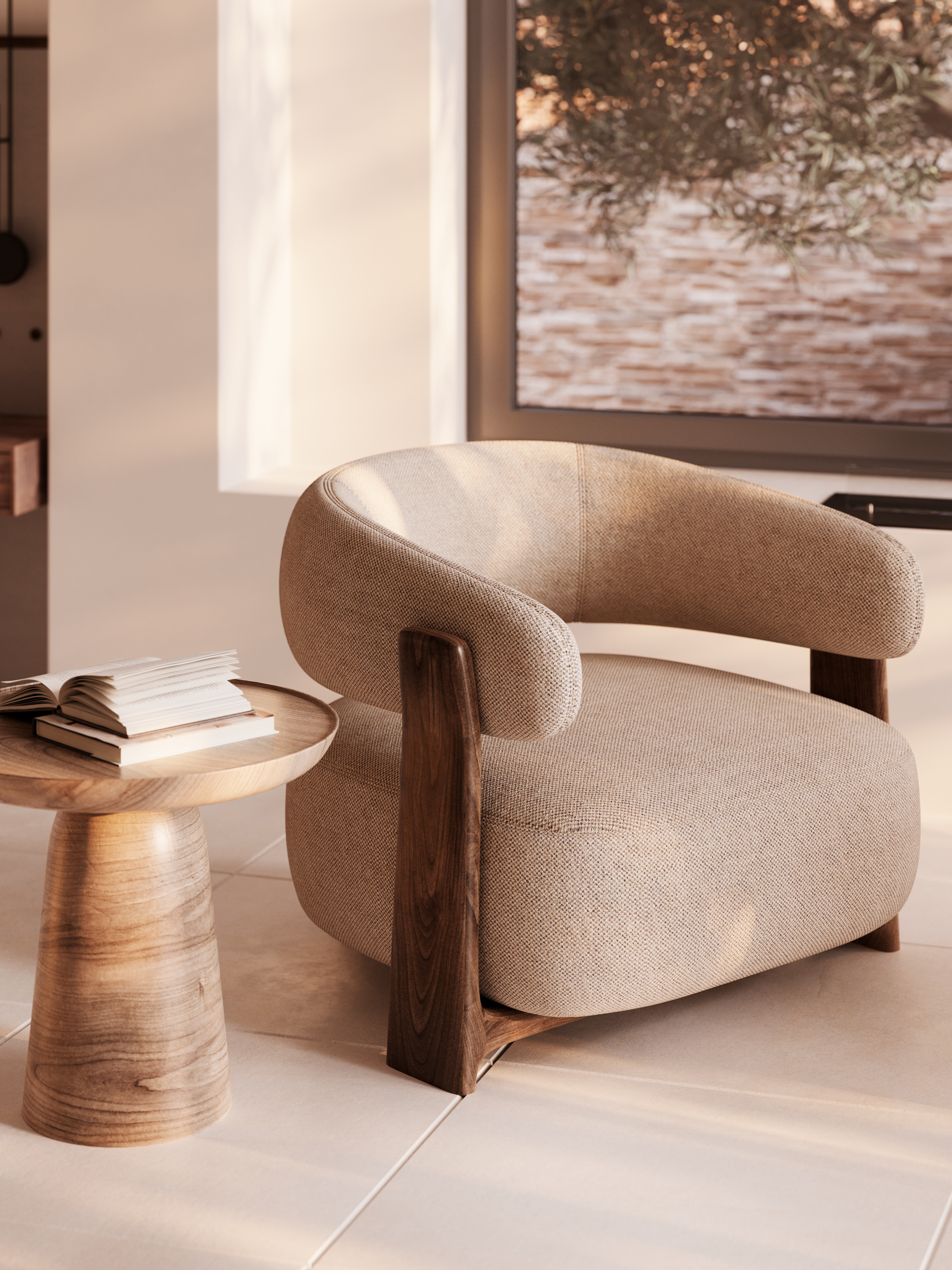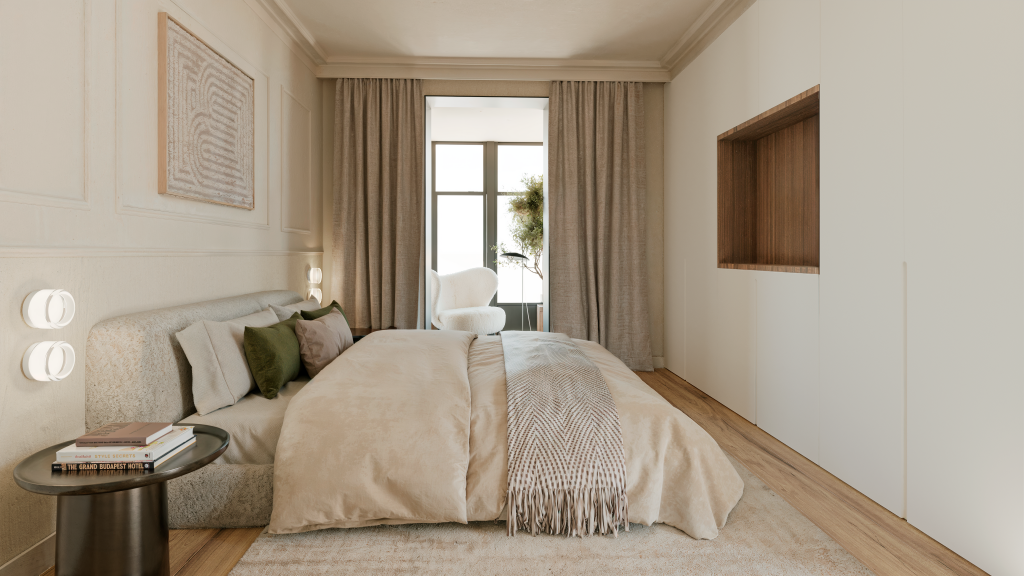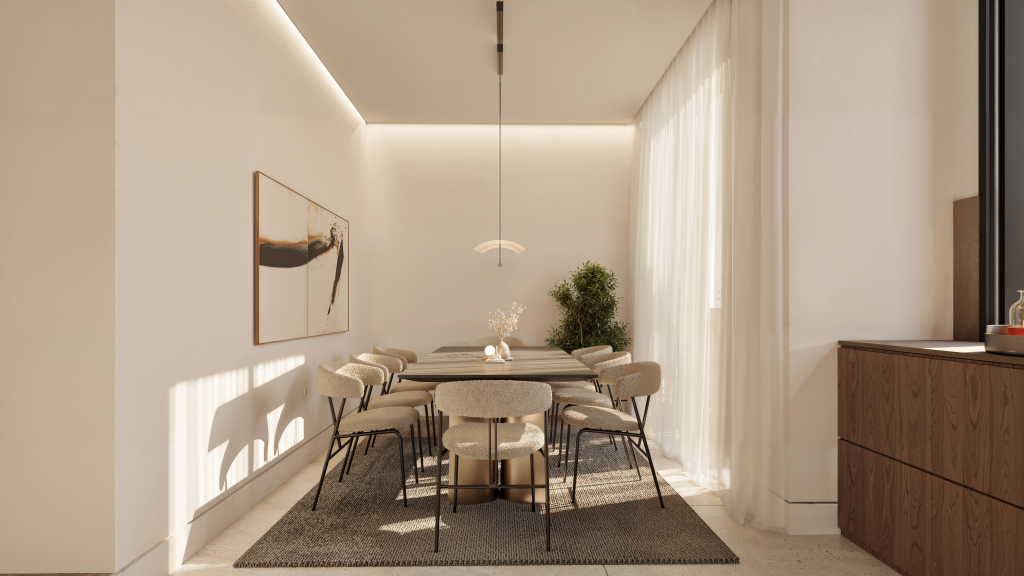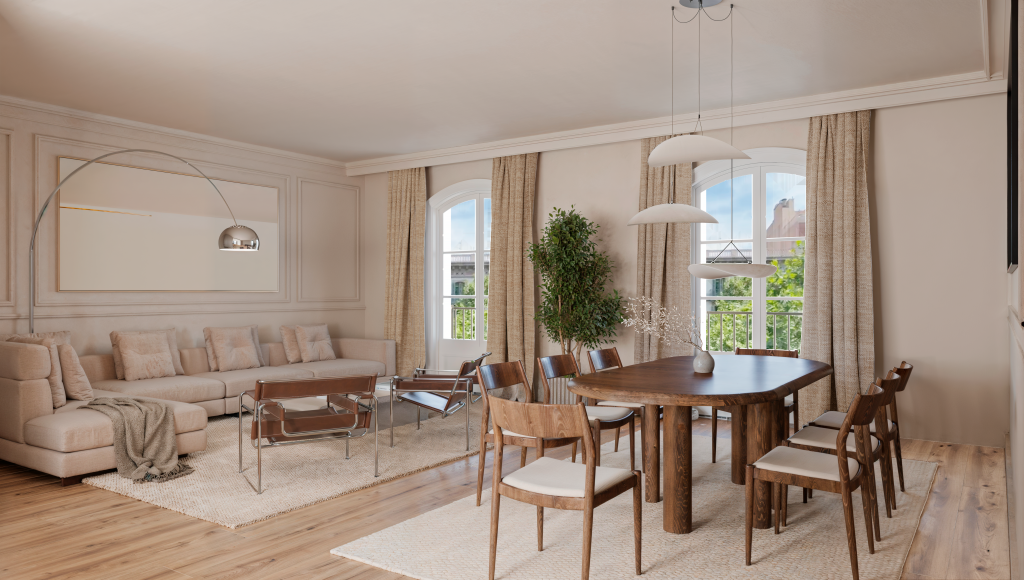Traditional photo shoots struggle to keep up with today’s launch cadence. A digital catalog powered by high-end rendering turns your product page into a living showroom: consistent visuals, instant finish changes, and content you can repurpose across web, retail, and social. The result? Faster decisions, fewer uncertainties, and a brand image that feels precise and premium.
Why invest in a 3D-driven catalog
Creative control. Swap fabrics, woods, and metals in seconds. Place a piece in multiple interiors—Scandi, industrial, hospitality—without booking a location or waiting for daylight.
Immersive product understanding. A well-built 3D model lets shoppers explore angles, proportions, and functionality (think: a recliner mechanism or modular sofa layout) before they step into a store.
Brand consistency at scale. Set one visual language and apply it across your entire collection. Every launch ships with the same lighting logic, camera discipline, and art direction.
Rendering vs. photography. What actually changes
Photo shoots are expensive, slow to reorganize, and constrained by samples and sets. Rendering removes those bottlenecks. Once your 3D assets are in place, you can:
- refresh a finish or hardware pack without reshooting;
- localize scenes for different markets;
- maintain a cohesive look across seasons;
You’ll still use photography for hero lifestyle moments when needed—but rendering handles 80% of the catalog work with more speed and control.
Make animation work for marketing
Static images attract; motion holds attention. Short 3D animations show doors gliding, drawers closing softly, or dining sets reconfiguring for guests. These clips increase time-on-page, clarify features, and perform exceptionally well on product pages, retail screens, and ads. Add simple 3D video loops for PDPs and cutdowns for social to multiply reach with minimal extra production.
The commercial upside
- Quicker launches. Present full collections before physical samples are ready.
- Lower risk. Validate colours and configurations digitally to reduce slow-moving stock.
- Lean supply chain. Produce to real demand instead of guesswork.
- Ongoing savings. Your “virtual studio” is always on—no travel, set builds, or reshoots.
FAQs
Is rendering suitable for kitchen, bedroom and bathroom lines?
Yes—KBB Retail Renders excel at modular ranges where finish, handle, and layout variations drive choice.
What’s the difference between Rendering and CGI?
In retail, the terms are often used interchangeably. Both produce Photorealistic 3D visuals built from a 3D model and refined by 3D artists.
Can we keep our brand style?
Absolutely. With High quality 3D design, you set lighting, camera angles and scene styling once, then apply it everywhere for consistent 3D visualization.
Do you support Interior design storytelling?
Yes—room-set 3D Interior scenes and Detail 3D visual crops help customers read materials, seams, and hardware clearly.
Can we request Custom 3D interior rendering for hero pages?
Yes, custom scenes align with seasonal campaigns, retail displays, and flagship PDPs.
What about motion content?
Short 3D animations and 3D video explain mechanisms and scale; many teams add them via bundled 3D animation services.
Will this work with our CGI company or internal team?
If you already partner with a CGI company, your assets can slot into a digital catalog workflow and power fresh 3D renders across channels.
